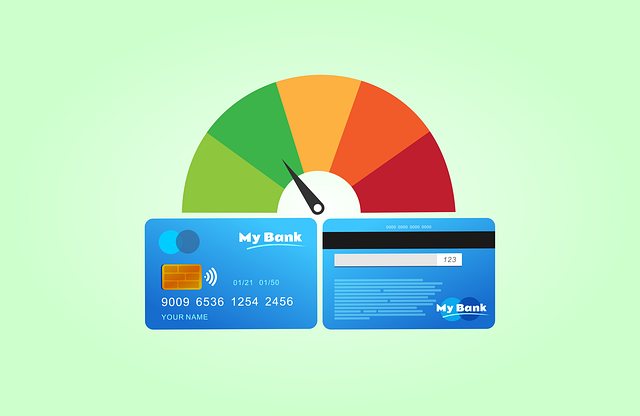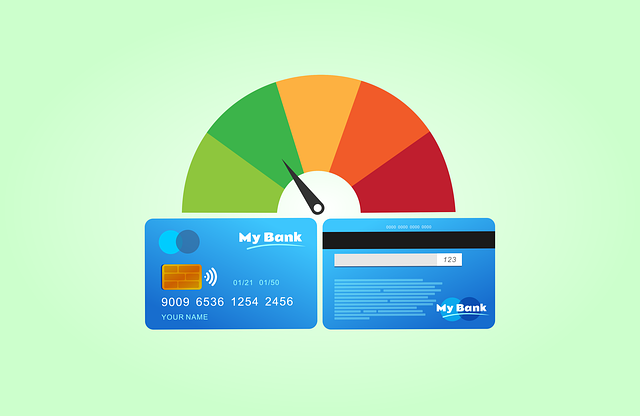Understanding How Credit Scores Work

Credit scores can feel like a mysterious and intimidating part of managing your finances, but understanding how they work is key to building financial success.
Whether you’re applying for a credit card, a car loan, or looking for personal loans online, your credit score plays a crucial role in the financial products and offers available to you. A good credit score can help you secure lower interest rates and more favorable loan terms, while a poor score may limit your options or increase your costs.
In this article, we’ll break down how credit scores are calculated, what factors affect them, and how you can improve your score over time. By the end, you’ll have a better understanding of this important aspect of your financial life, and how to take control of it to set yourself up for success.
What is a Credit Score?
Simply put, a credit score is a number that represents your financial reliability. Lenders use it to decide how much of a risk you are when borrowing money.
A higher credit score indicates that you are more likely to repay loans on time, while a lower score suggests that you might not be as reliable. Credit scores range from 300 to 850, and the higher your score, the better your chances of qualifying for favorable financial products, like personal loans online, mortgages, and credit cards with low interest rates.
The two most commonly used credit scoring models are FICO and VantageScore. While both systems aim to measure the same thing—your creditworthiness—they calculate your score slightly differently. Understanding these differences can help you better navigate the world of credit scores.
FICO vs. VantageScore: What’s the Difference?
FICO is the most widely used credit score model and is the one most lenders rely on. It was developed by the Fair Isaac Corporation (hence the name “FICO”) and has been around since the 1980s.
FICO scores range from 300 to 850, and your score is calculated based on five key factors: payment history, credit utilization, length of credit history, types of credit used, and new credit inquiries.
VantageScore, on the other hand, was created by the three major credit bureaus—Equifax, Experian, and TransUnion—as a competitor to FICO. VantageScore also ranges from 300 to 850 and uses similar factors in its calculations. However, there are some differences in the way each model weighs these factors.
For example, VantageScore gives more weight to recent credit activity, while FICO places a stronger emphasis on payment history. Despite these differences, the general approach to calculating scores is very similar, and a good score on one model will likely result in a good score on the other.
How Credit Scores Are Calculated
Both FICO and VantageScore calculate credit scores using a formula that takes into account several factors. Let’s break down these factors and see how they impact your score:
1. Payment History (35% of your score)
Your payment history is the most important factor in determining your credit score. This includes whether you’ve paid your bills on time, any late payments, and if you’ve ever had any accounts sent to collections. A positive payment history (paying bills on time) boosts your score, while late payments and defaults can lower it.
2. Credit Utilization (30% of your score)
Credit utilization refers to how much of your available credit you’re using. If you have a credit card with a $1,000 limit and you owe $300, your credit utilization is 30%. Ideally, you want to keep your credit utilization below 30%, as high credit utilization can signal to lenders that you may be overextended financially, making you a higher risk.
3. Length of Credit History (15% of your score)
The longer your credit history, the better it is for your score. A long track record of managing credit responsibly indicates that you have experience and are less likely to default on new debts. This factor looks at the age of your oldest account, the average age of all your accounts, and how recently you’ve used them.
4. Types of Credit Used (10% of your score)
Credit scoring models also look at the types of credit you use. This includes a mix of revolving credit (like credit cards) and installment credit (like loans and mortgages). A good mix shows that you can manage different types of credit responsibly, which can positively affect your score.
5. New Credit (10% of your score)
When you apply for new credit, it results in a hard inquiry on your credit report. While one or two hard inquiries won’t have a huge impact, applying for too many credit products in a short period can signal financial instability and hurt your score. Additionally, opening several new credit accounts lowers your average account age, which can also negatively impact your score.
Why Credit Scores Matter
A good credit score is more than just a number—it directly impacts your ability to get favorable financial products.
For example, if you apply for a personal loan online, a higher credit score could mean better loan terms and a lower interest rate, saving you money over the life of the loan. On the other hand, a poor score may result in higher interest rates, larger monthly payments, or even being denied credit altogether.
In addition to loans, credit scores can also affect other aspects of life. For instance, landlords often check your credit score before renting to you, and some employers may also look at your credit report as part of the hiring process.
A solid credit score can open doors to better opportunities, while a poor score can limit your options.
How to Improve Your Credit Score
Improving your credit score doesn’t happen overnight, but there are steps you can take to see significant improvements over time:
1. Pay Your Bills on Time
Consistently paying your bills on time is the most important thing you can do to improve your credit score. Set up reminders or automatic payments to ensure you never miss a due date.
2. Reduce Your Credit Utilization
Try to keep your credit card balances below 30% of your available credit limit. If possible, pay down existing credit card debt to reduce your credit utilization, which will help improve your score.
3. Avoid Opening Too Many New Accounts
Each time you apply for new credit, it results in a hard inquiry. Too many hard inquiries can lower your score. Instead of opening new credit accounts, focus on paying down existing debt.
4. Check Your Credit Report Regularly
Mistakes on your credit report, such as incorrect information about late payments or accounts that don’t belong to you, can hurt your score. Regularly review your credit report to make sure everything is accurate, and dispute any errors you find.
5. Diversify Your Credit Mix
While you shouldn’t open credit accounts just for the sake of it, having a mix of different types of credit (e.g., a credit card and a loan) can positively impact your credit score. However, make sure you only take on debt you can manage responsibly.
Final Thoughts: The Power of a Good Credit Score
Your credit score is one of the most important factors that influence your financial future. It affects your ability to secure loans, rent a home, and even apply for jobs. By understanding how credit scores are calculated and taking steps to improve yours, you can unlock better financial opportunities and set yourself up for long-term success.
Whether you’re applying for personal loans online, getting a mortgage, or simply looking to improve your financial health, maintaining a good credit score is essential. With time and dedication, you can build and maintain a score that opens doors and helps you achieve your financial goals.




